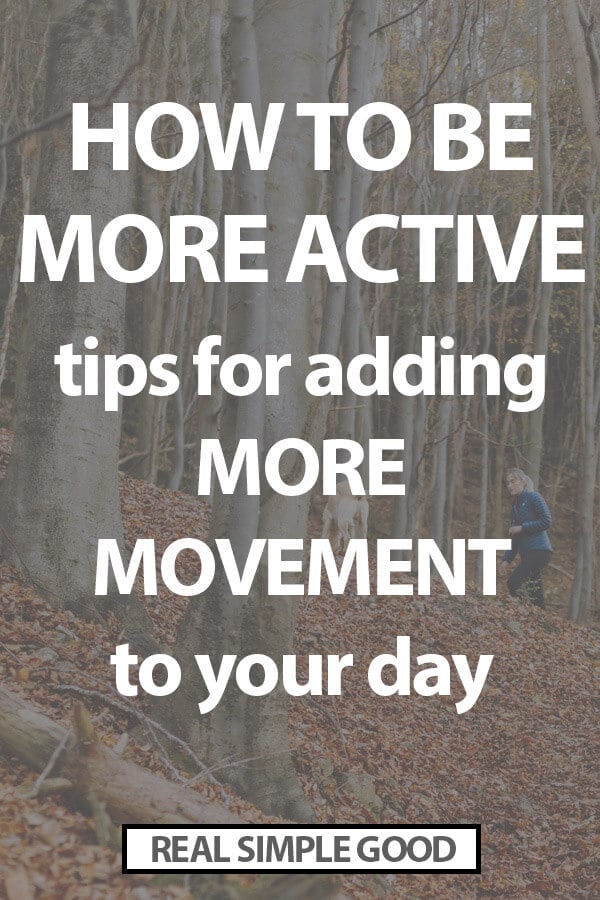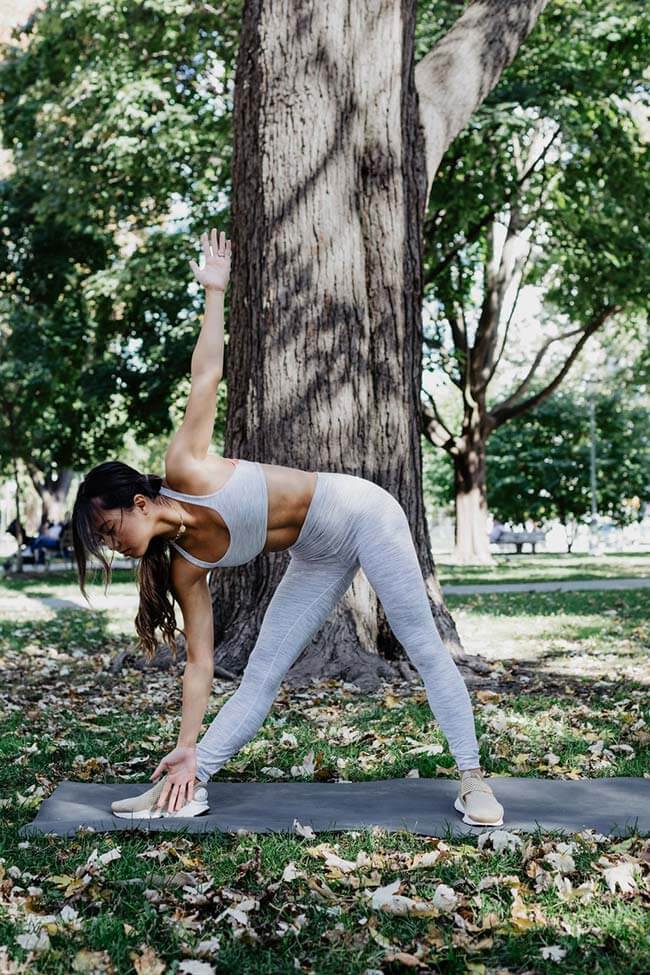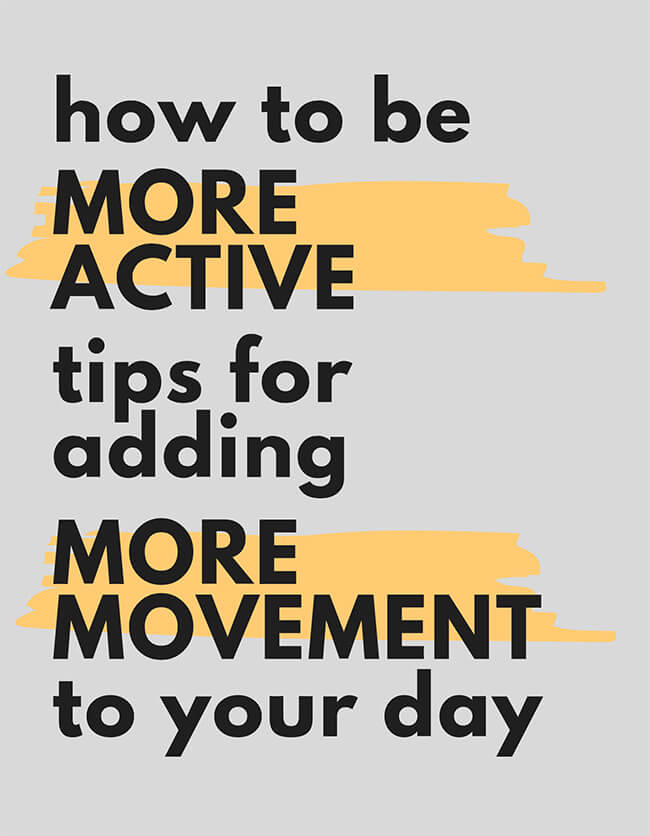How do you define active?
It’s important to understand what you might consider “active” vs. “sedentary”. I’ll give you two scenarios: Which person would you consider more active? While you might think that the person with a formal exercise routine is more active, that’s actually not true. The office worker spends nearly all of the work day sitting, while the maintenance worker is moving constantly (walking from project to project, lifting, climbing, etc.). They both sit during their commutes to/from work and plop on the couch when they get home. However, the office worker sits about 80-90% of the day while the maintenance worker sits about 20-30% of the day.
Reducing inactivity
How to be more active? It’s simple – reduce inactivity. It doesn’t have to be hours upon hours of crossfit or HIIT (high intensity interval training). In fact, it’s actually more effective to do lower intensity or minimal intensity activities such as walking for longer periods. Simply put – Move more, sit less. You know the old saying, no pain no gain? It turns out that’s not quite true. While we fully endorse exercising hard and breaking a sweat if that’s your thing, what you do outside of the gym is just as important. The duration of inactivity in your day is the most important factor to consider for your overall health.
Low intensity, for longer periods
In a study comparing low intensity movement (walking/standing) for 6 hours a day vs. higher intensity exercise (cycling) for 1 hour a day, the conclusion was that:
“One hour of daily physical exercise cannot compensate the negative effects of inactivity on insulin level and plasma lipids if the rest of the day is spent sitting. Reducing inactivity by increasing the time spent walking/standing is more effective than one hour of physical exercise, when energy expenditure is kept constant.” [Source]
Wow.
Are you relying on shorter bouts of harder exercise in your day (30-60 minute gym sessions or classes) as your primary movement? If so, you should consider trying to add more low intensity movement into your day.
Here is a great TED talk from Darryl Edwards on this topic.
How to be more active
Since reducing inactivity is critical, what can we do to fit sufficient amounts of low intensity physical activity in our daily routines? How can we “fit in” more movement to our busy lives? The key is to incorporate and prioritize incidental movement – movement from simple daily activities.
10 tips for reducing inactivity
Your turn to add more movement to your day
So, what’s it going to be? How are you going to incorporate more movement into your day? Leave a comment below, and let us know! Also, take pictures of your daily movement activity and share on Instagram. Tag us @reasimplegood and #TheRSGLife so we can see! Make sure to give us a follow if you don’t already – let’s stay connected! SHARE IT NOW OR PIN IT FOR LATER!


